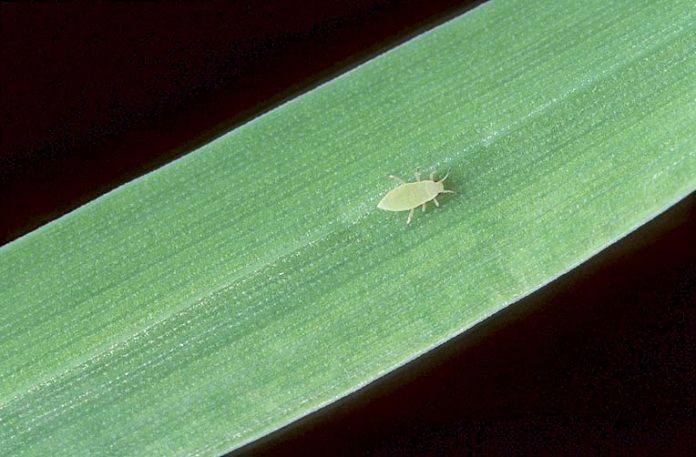

Limestone Coast grain growers are advised to keep an eye on vulnerable emerging crops, with unusual caterpillar and moth activity being reported across South Australia.
The combination of early season rainfall and warm autumn temperatures is likely to have triggered widespread insect emergence and migrations.
Entomologists at the South Australian Research and Development Institute (SARDI), the research division of Primary Industries and Regions SA (PIRSA), have received significant reports of different caterpillar species impacting crops.
SARDI entomologist Rebecca Hamdorf said notable flights of multiple moth species had occurred around Bordertown, Naracoorte and Sherlock.
It is possible caterpillars and other pests such as aphids have transferred from a green bridge of weeds, volunteer cereals and native vegetation into emerging crops.
Ms Hamdorf said it could be challenging to correctly identify caterpillars due to their similarities in appearance.
PestFacts SA has also received reports of Russian wheat aphid activity across the state, including near Padthaway.
SARDI entomologist Maarten van Helden said treatment should only be considered if infestations were at potentially damaging levels.
“Australian intervention threshold recommendations are currently based on overseas research, which recommends a spray application when more than 20pc of all seedlings are infested with aphids up to growth stage 30 and more than 10pc of tillers are infested with aphids from growth stage 30,” Dr van Helden says.
He said while growers may observe symptoms in a lot of tillers, which were enhanced by cold weather, very few were likely to have aphids present.
“It is important to make the distinction between tillers with symptoms and tillers with aphids,” Dr van Helden said.
Aphid populations are not expected to increase during winter.
Through research investments by the Grain Research and Development Corporation, being led by SARDI and research organisation cesar, a biological and ecological profile of the aphid is being developed to provide management tactics for the future.
The region’s growers and advisers are encouraged to report any detections of invertebrates (pest, beneficial or unknown) in crops and pastures to PestFacts SA.
Visit pir.sa.gov.au for pest identification and management resources.







